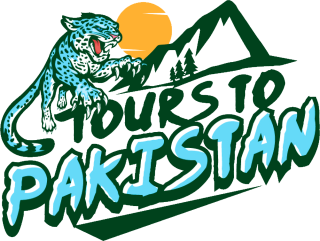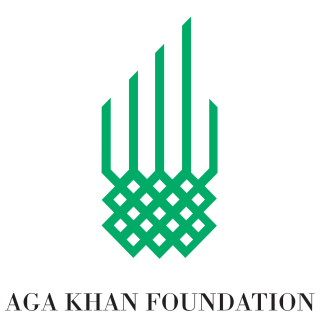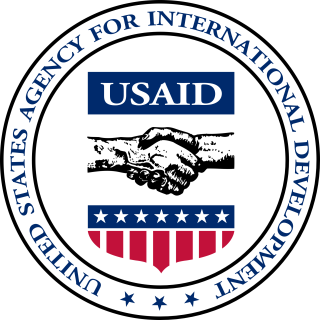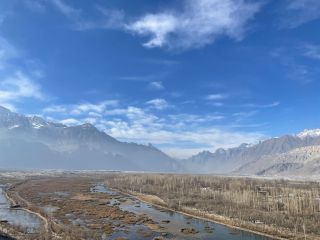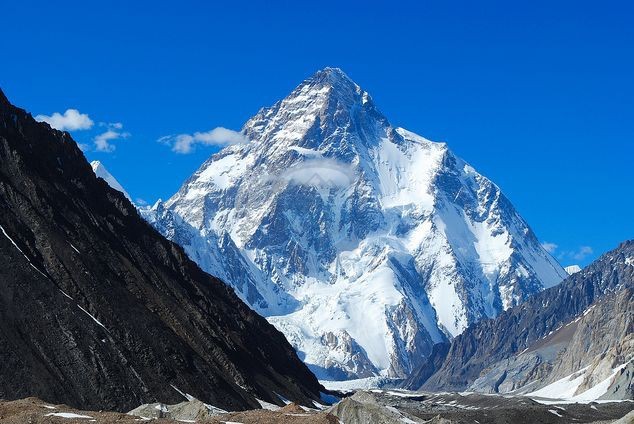
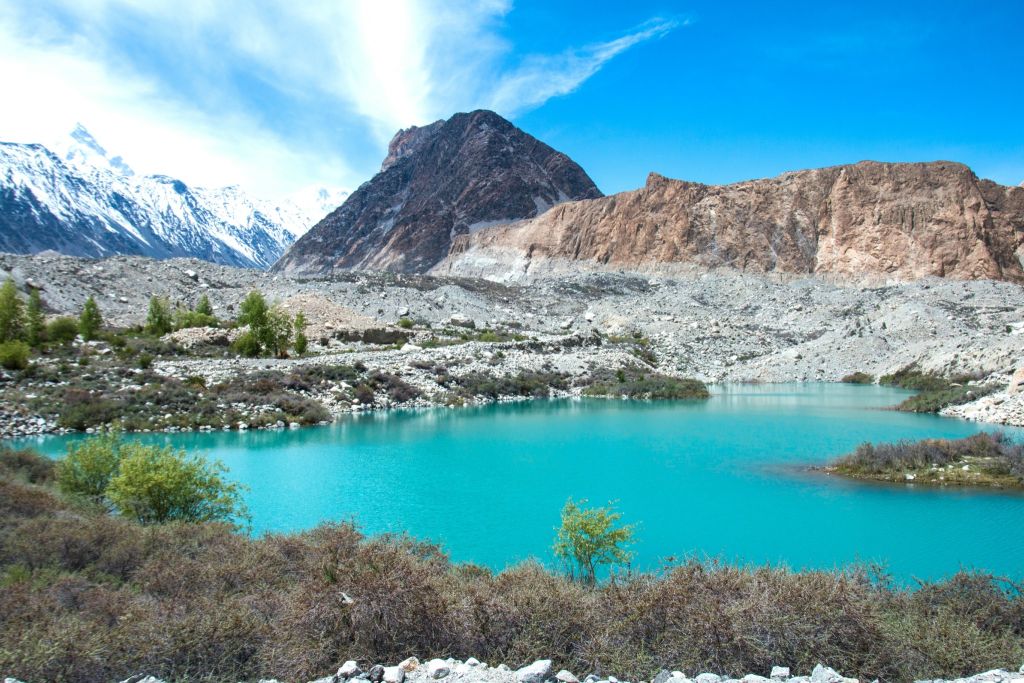
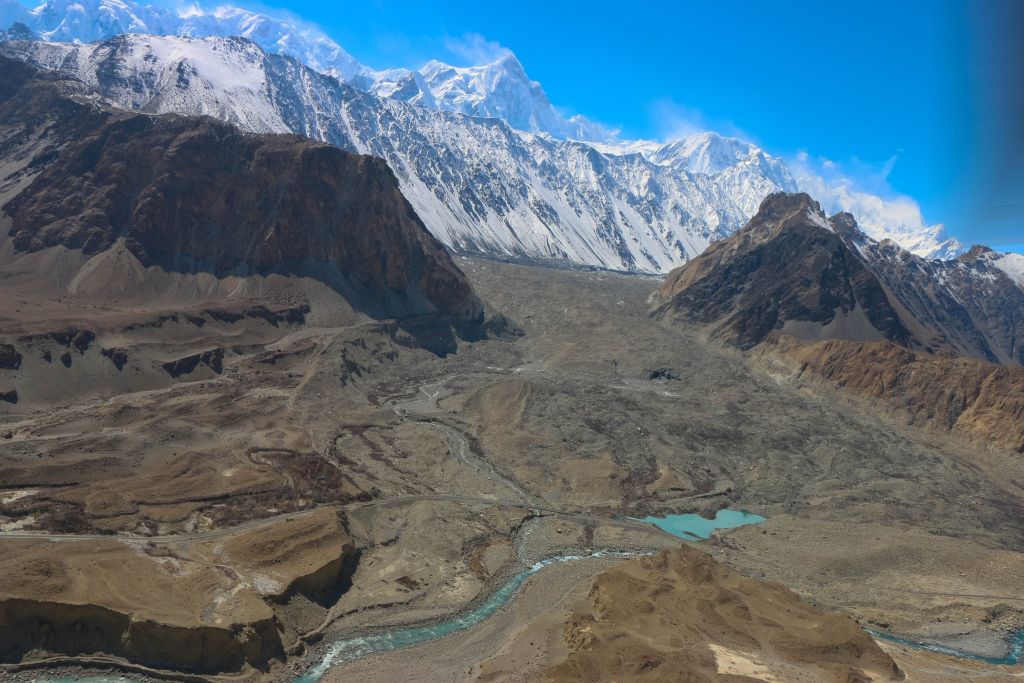
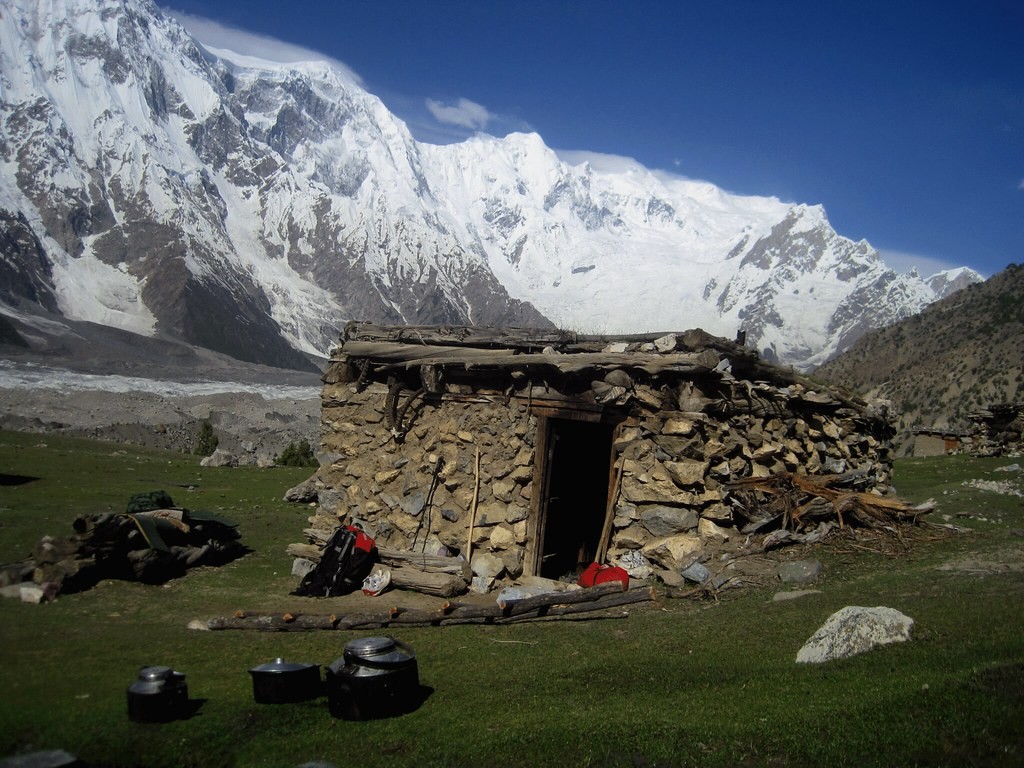
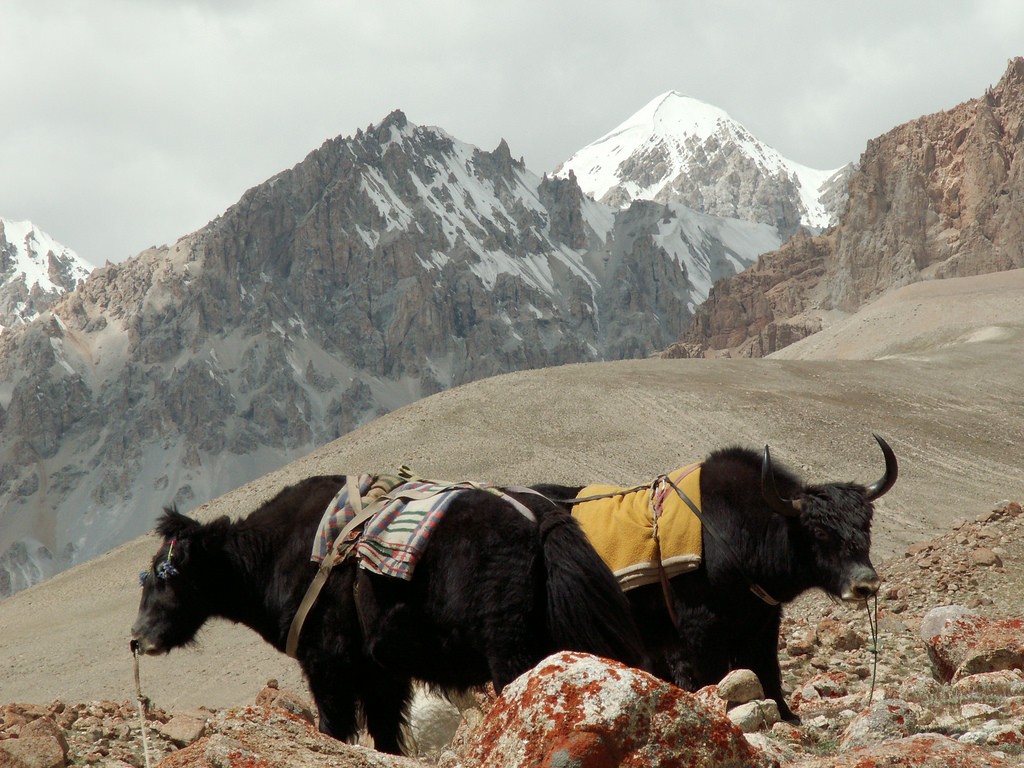
This tour is definitely one of our most unique tours in all of Pakistan. We offer two tours on the back of a yak in which we go deep into the mountains of the Hunza Valley in the north of Pakistan. The best period is June to October.
What exactly is a yak and is it safe to do this? Before we go into our tour, we’ll give you a short introduction to the yak. The yak is a type of cattle that occurs in Central Asia and the name yak comes from the Tibetan word yag for bull and cow is nak.
A wild yak can reach a length of 3.25 meters from head to tail and a massive shoulder height of 2 meters and weigh up to one ton! The cows are significantly smaller and rarely weigh more than 350 kilos. Tamed yaks don’t grow as big as wild yaks. Bulls reach a weight of 400 kg, cows become 250 to 280 kg. Both wild and domestic yaks have a fully furred head, high shoulders and strong, heavily furred limbs. A long coat, reaching to the bottom, protects yaks from the cold. A wild yak is black-brown in color. Tame yaks come in several color variants: brown, black, red, white or spotted. Bulls have horns that are pointed outward and upward. The horns can grow up to a meter in length. The horns of the cows are much smaller and more irregular in shape.
Its native range included the Himalayas, Tibet and large parts of the Chinese provinces of Sinkiang and Qinghai. Today, the wild yaks are largely extinct. Yaks can climb better than humans and can live above 3000 meters with ease. That is why they are traditionally used there as beasts of burden for the transport of goods. Butter is made from yak milk and the meat is eaten.
On this tour we’ll go all the way from Passu to the Batura Glacier which with its 57 km length is one of the longest glaciers in the world, non counting the polar regions and gets its name from the Batura Sar, which is just 5 meter short to be an eight-thousander. Passu is a village in the Gojal Valley near the Karakoram Highway in Upper Hunza and the base for many beautiful treks. It is named after the Passu Glacier and is south of the Batura Glacier. The whole region was very hard to reach before the Karakoram Highway was finished and until 1974 Hunza and neighboring Nagar were still kingdoms.
The once so isolated Hunza is now slowly being discovered by both locals and foreigners and with its blossom-covered valleys, turquoise rivers and lakes and green grasslands it is one of the most beautiful regions in Pakistan. It goes all the way to the border with China through the mythical Khunjerab Pass which is now conquered by the Karakoram Highway which we will use to drive to Passu.
Our yak adventure takes place in Gojal, where we will conquer the mighty Batura Glacier. We will stay in a hotel for a few nights, but for the rest of the trip you’ll be camping together with our team who’ll also take care of your daily meals and will make sure you’ll have a comfortable and safe stay.
Most of the population of Hunza lives in the lower part of the Hunza Valley and towards Gojal the villages become smaller and you’ll start to see less people. In the southern part we face Rakaposhi and towards the north we can see the Batura Muztagh mountain range. Near the town of Passu the high peaks of the Karakoram are intersected and in between the steep mountain walls we can find the Passu Glacier, connected to the 57 km long Batura Glacier, which will be the scenery of our adventure.
In Gojal the majority of the Hunzakuts (People from Hunza) are Wakhis, a Tajik group which already live in bordering China and the Wakhan Corridor in neighboring Afghanistan. The language Wakhi, is a Tajik dialect which belongs to the Iranian language family. In the central part of Hunza and Nagar the population is predominantly Burusho with Burushaski as their mother tongue. Because of their light skin tone, blue eyes and light hair legend has it that they’re descending from the Greek troops who once crossed Pakistan under Alexander The Great. Genetic research however links the Burusho to be related to the Sinti People.
In Gilgit and further down south we find the Shinaki with Shina as their native language.
Itinerary:
In case the flight is canceled we will have to drive for two days to Gilgith.
Day 1: Arrival to Islamabad
Day 2: Fly to Gilgit and or drive to Chilas
Day 3: Departure for Hunza via Gilgit
Day 4: Discovery of Karimabad with Baltit and Altit fort
Day 5: Drive to Passu, the following days will be on yak
Day 6: Passu to Younzben (2600 m) – camping
Day 7: Kirgaswask (2880m) – camping
Day 8: Yashpirt (3100m) – camping
Day 9: Guchashem (3400m) – camping
Day 10: Free day in Guchashem – camping
Day 11: Back to Yashpirt – camping
Day 12: Back to Passu
Day 13: Drive to Karimabad
Day 14: Take the plane back or drive as back-up plan
Day 15: Free day in Islamabad or drive
Day 16: Departure from Islamabad (add one extra day if you need PCR-testing)
Price:
1 person: 8.399 usd
2 persons: 5.499 usd per person
3 persons: 4.899 usd per person
4 persons: 4.299 usd per person
** single supplement: 960 usd
